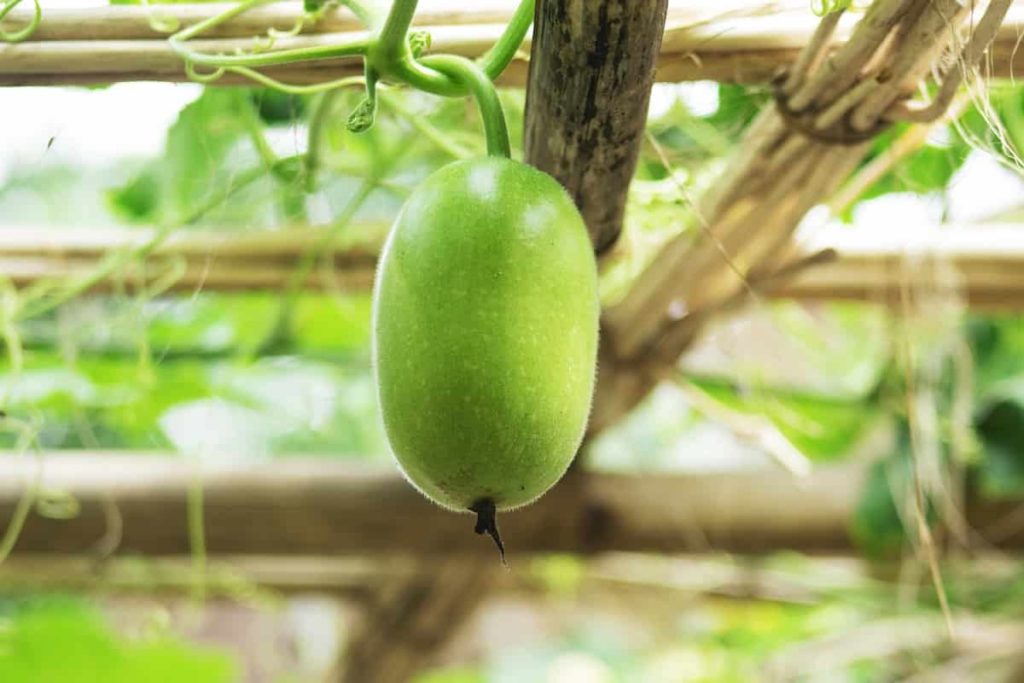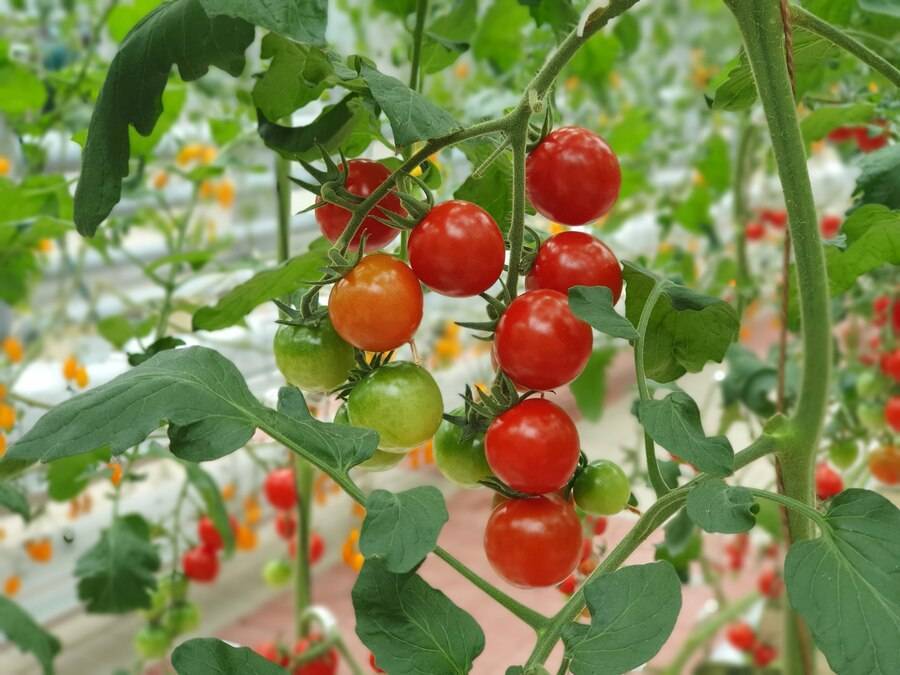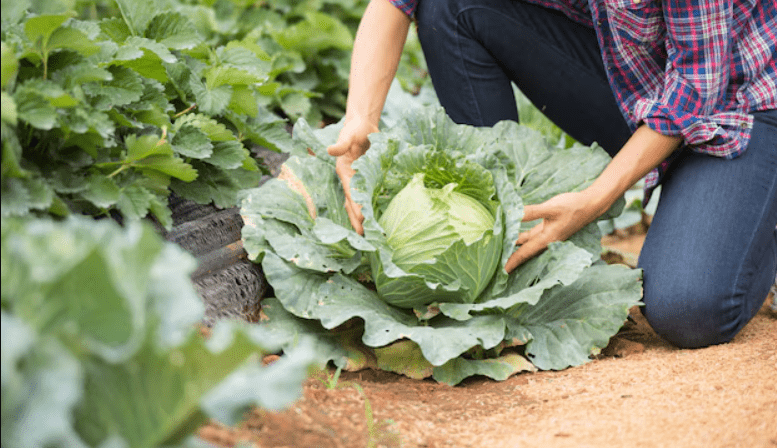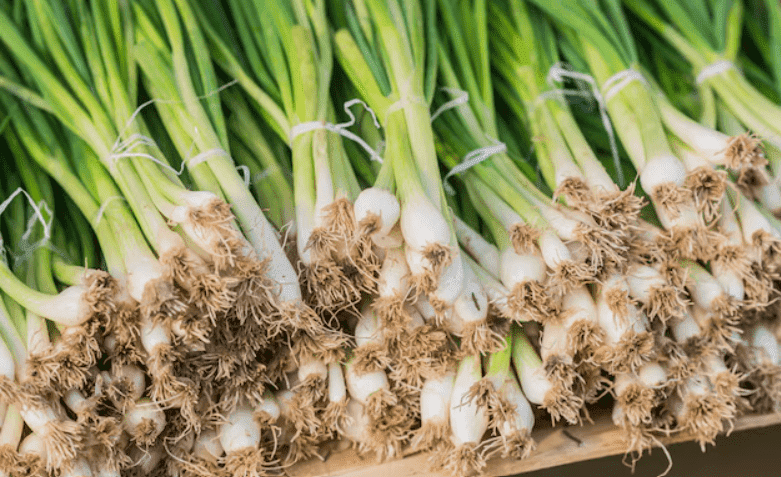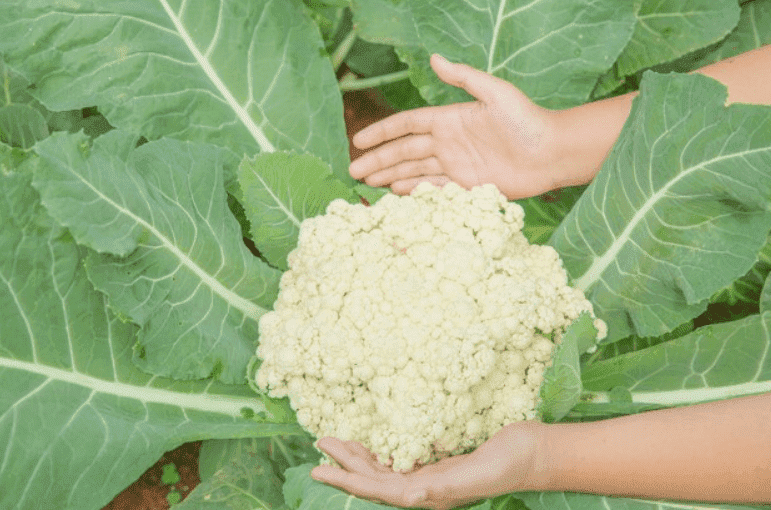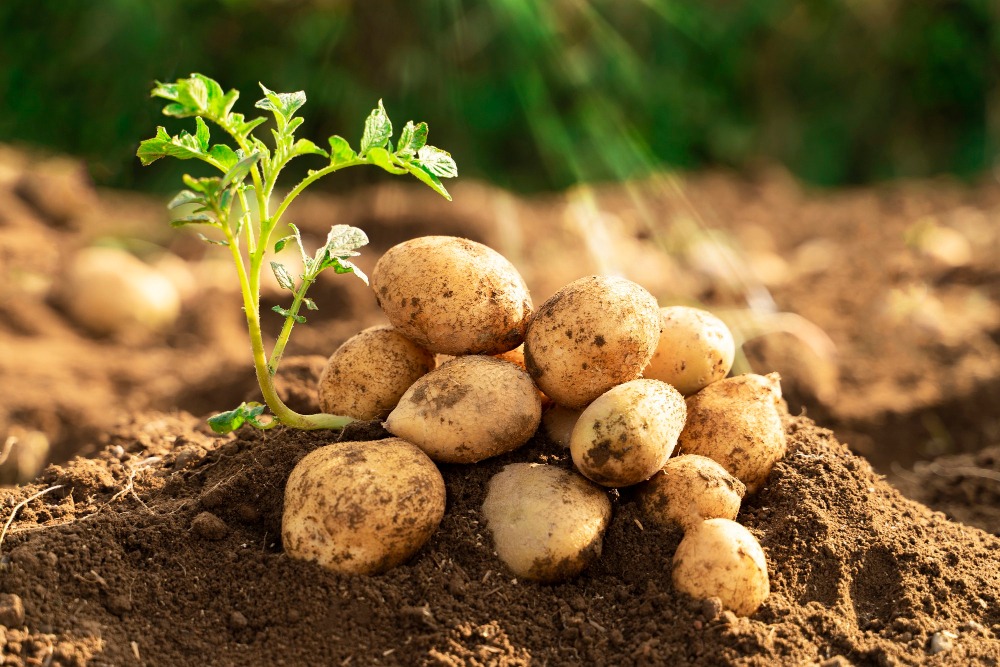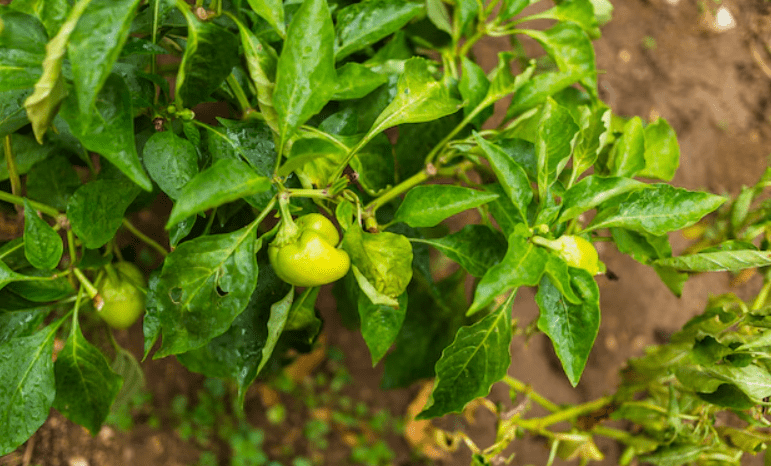Growing Apple gourd, often called round gourd at home, is simple and highly rewarding, especially in the warmer months. Apple gourd vines grow rapidly and produce delicate fruits perfect for curries and traditional recipes.
Usually pale green and round, the apple gourd is also a rich source of Vitamin A. This popular summer vegetable contains about 94% water, making it light on calories yet versatile in cooking. It is gentle on the stomach and similar to squash in texture. It can be prepared in curries or stuffed with aromatic spices for a flavorful, authentic dish.
Growing apple gourds from seeds is straightforward. With proper care and a few steps, you can expect a plentiful yield of this refreshing and nutritious vegetable. Happy gardening!
Table of Contents
ToggleFacts About Apple Gourd
Names – The scientific name of apple gourd is Praecitrullus fistulosus. It is also called Indian squash, round melon, Indian round gourd, Indian baby pumpkin, or simply round gourd.
Growing Season – Apple gourd thrives in tropical and subtropical climates, making it a true summer-season crop. Gardeners usually sow its seeds between February and April, and the plant begins producing fruit about 70 days after germination. It continues to flourish throughout the warm spring and summer months.
Taste – A member of the gourd family, apple gourd has a mild flavor similar to cucumber or ridge gourd. Many people enhance its taste with spices, turning its naturally subtle flavor into a rich and savory dish.
Geographical History – This squash-like vegetable belongs to the Cucurbitaceae family, alongside cucumbers, pumpkins, and other gourds. Native to India, the apple gourd has been cultivated for centuries. Today, it enjoys popularity not only in South Asia but also across the Middle East and Southeast Asia.
Nutritional Value – Like other gourds, the apple gourd is packed with nutrients. The fruit, seeds, juice, and extracts are rich in proteins, healthy fats, carbohydrates, fiber, vitamins, minerals, and beneficial plant compounds such as phenolics and cucurbitacins.
Benefits of Growing Apple Gourd
Apple gourd is a nutrient-rich, low-calorie vegetable packed with essential vitamins and minerals. Its mild taste makes it a highly adaptable ingredient in many traditional Indian recipes. By cultivating apple gourds in your garden, you can enjoy fresh, chemical-free produce straight from your backyard.
How to Grow Apple Gourd
If you’re wondering how to grow apple gourds successfully, it starts with choosing the right soil, proper spacing, and timely sowing.
Soil Requirements
Apple gourd grows best in fertile, well-draining soil enriched with organic matter. Keep the soil loose and maintain a pH between 6.0 and 7.0 for healthy growth.
Soil Preparation
Before sowing, mix compost or well-decomposed manure into the soil to enhance its nutrients and improve texture. Loosen the soil to a depth of no less than 12 inches so roots can spread easily.
Sowing the Seeds
Plant apple gourd seeds in the spring, after the danger of frost has passed. Make sure the soil stays consistently warm, ideally between 70°F and 85°F.
Planting Depth and Spacing
Bury the seeds about 1 inch deep. Place them 4 to 6 inches apart, and if planting in rows, leave 6 to 8 feet between rows to accommodate the plant’s vigorous, sprawling vines.
Caring for Apple Gourd
When learning how to grow apple gourds successfully, proper care is just as important as planting them right.
Watering
Maintain consistent soil moisture without letting it become soggy. Apple gourd plants require regular watering, particularly in dry weather, to promote strong growth and healthy fruiting.
Fertilization
Apply a balanced fertilizer or add compost every 4 to 6 weeks. This steady nutrient supply encourages vigorous vines and abundant fruit production.
Plant Support
Apple gourd vines grow extensively and benefit from proper support. Train them on trellises or secure them with stakes to improve airflow, reduce pest risks, and keep fruits clean.
Common Problems and Solutions
Understanding these common issues is an important part of mastering how to grow apple gourds successfully.
Pests and Diseases
Watch out for pests such as aphids and spider mites, which can damage apple gourd plants. Manage infestations using organic pest control methods or homemade insecticidal soap.
Disease Prevention
Minimize the chance of fungal diseases such as powdery mildew by ensuring proper airflow between plants and avoiding overhead watering.
Troubleshooting
If your apple gourd plants are producing fewer blooms, check whether they are receiving enough sunlight and nutrients. Adjust watering, feeding, or positioning to encourage healthy flowering.
FAQs
Can I grow apple gourds in pots?
Yes. Choose large pots about 14–16 inches wide and either provide a small trellis or allow the vines to spread along the ground.
How long do apple gourd vines grow?
With proper support, the vines can extend 6–10 feet or even longer.
Why are my apple gourds falling off early?
Early fruit drop is often caused by poor pollination or sudden changes in watering. Keep the soil evenly moist and try hand-pollinating to improve the fruit set.
Do apple gourd plants need heavy fertilization?
No. Adding compost at planting time and feeding lightly with a balanced fertilizer every 15 days is sufficient for healthy growth.

